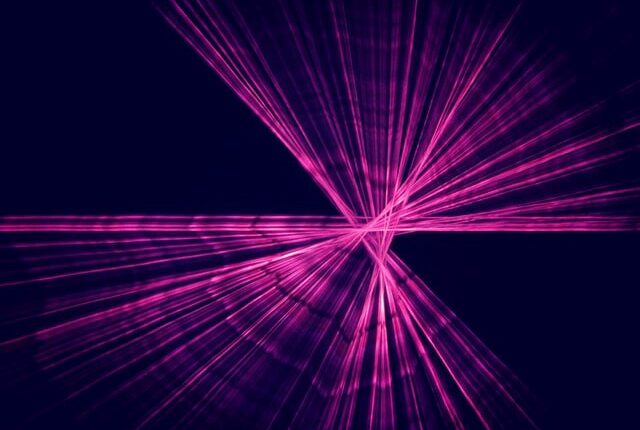©2021 Reporters Post24. All Rights Reserved.
Chinese scientists have conceived of a new method for generating laser-like light that could significantly enhance the communication speed of everyday electronics, according to a report by the South China Morning Post published on Friday.
The new device that makes this light possible is known as a free-electron laser, and it has been developed by scientists from the Shanghai Institute of Optics and Fine Mechanics under the Chinese Academy of Sciences.
The technology is not entirely new. Such lasers have existed before, but they were bulky, high-powered devices housed in large, expensive facilities that made them impractical for daily use or mass applications.
The new device, however, uses only a thin piece of wire about 8cm (3.1 inches) in length, to emit laser-like light in a broad range of wavelengths for a wide variety of applications. Typical laser light is normally restricted in these areas.
A team of honor guards
Research co-author Ye Tian told the Shanghai Observer that his invention achieved this breakthrough by finding a way to sync electrons “like a team of honor guards” to generate more power.

In order to create lasers, electrons in the atoms of optical materials like glass, crystal or gas need to absorb energy in the form of light or electricity.
When they do so, that extra energy prompts the electrons to move to a higher-energy orbit. This does not last, however, and soon enough the electrons need to return to their normal orbit, emitting photons along the way. In laser beams, the photons all move in the same direction and at the same wavelength which is what the Chinese scientists managed to recreate.
“Imagine the electrons as athletes rowing a boat. The team that can make bigger waves and generate higher power will win the race. The best strategy is for all athletes to paddle in the same direction,” said Tian.


